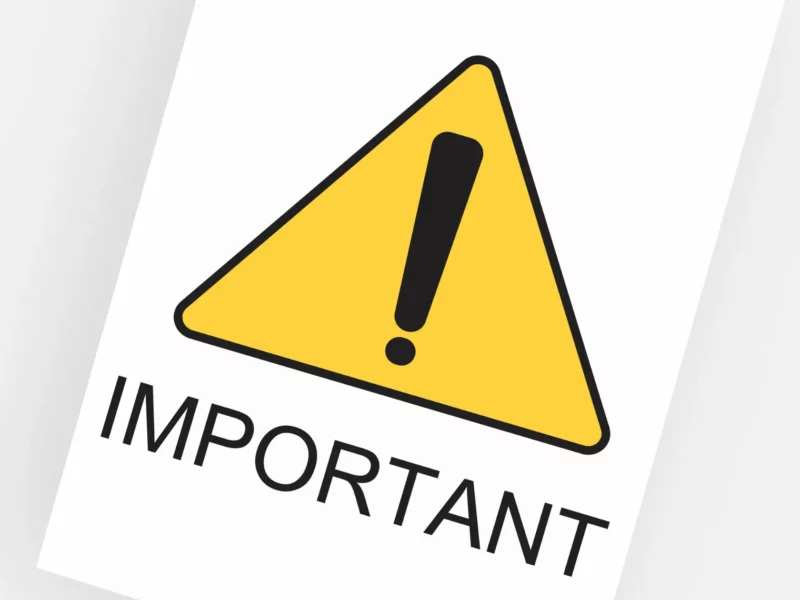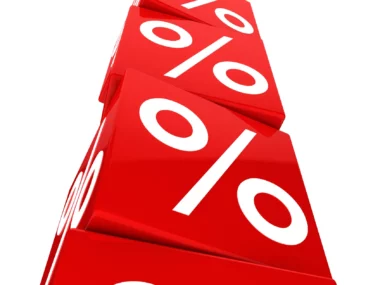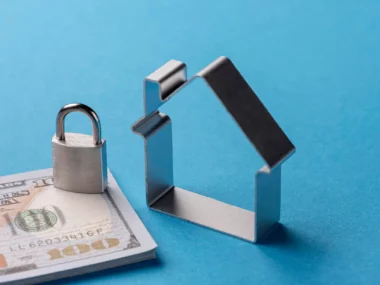Table of Contents
Managing debt can be a challenging and overwhelming task, especially when faced with multiple financial obligations. Prioritizing which debts to pay off first is crucial to effectively reduce your overall debt burden and regain control of your financial situation.
In this blog post, we will provide you with ten invaluable tips to ensure the right debt is paid first you are paying off the right debts first. By following these tips, you can develop a strategic approach to debt repayment that aligns with your financial goals and sets you on the path to financial freedom.
From credit card balances to student loans, medical bills to personal loans, it’s essential to have a clear plan in place to tackle your debts systematically. While each individual’s financial situation is unique, the principles and strategies outlined in this blog post can be applied universally.
Here are 9 tips to ensure the right debt is paid first:
1. Understand your debt:
Before you can start paying off your debts, you need to understand what you owe and to whom. Make a list of all your debts, including the creditor, interest rate, and minimum payment.
Here are some key points to consider when it comes to understanding your debt:
- Types of Debt: Start by categorizing your debts into different types, such as credit card debt, student loans, mortgage, car loans, personal loans, or medical bills. Each type of debt may have different terms, interest rates, and repayment options.
- Debt Amounts: Take stock of the total amount owed for each debt. Understanding the magnitude of your debt can help you prioritize and strategize your repayment plan accordingly. Make a list of all your debts, including the outstanding balances and interest rates associated with each.
- Interest Rates: Familiarize yourself with the interest rates for each debt. High-interest debts can quickly accumulate and make it more challenging to pay off the principal amount. Prioritize tackling debts with higher interest rates to minimize the total interest paid over time.
- Minimum Payments: Determine the minimum monthly payments required for each debt. It’s essential to meet these minimum payments to avoid late fees and potential damage to your credit score. However, keep in mind that paying only the minimum may prolong the repayment period and result in higher interest costs.
- Repayment Terms: Review the repayment terms for each debt. Some debts may have fixed monthly payments, while others may offer flexibility, such as income-driven repayment plans for student loans. Understanding the terms can help you plan your budget and repayment strategy accordingly.
- Penalty Fees: Be aware of any penalty fees associated with your debts. Late payment fees, over-limit fees, or prepayment penalties can add up and further increase your debt burden. Take note of these fees to avoid unnecessary expenses and allocate your funds wisely.
- Credit Impact: Understand how your debts affect your credit score and credit history. Timely payments can positively impact your credit score, while missed or late payments can lower it. Maintaining good credit is crucial for future financial opportunities, such as obtaining favorable interest rates on loans or credit cards.
- Terms and Conditions: Familiarize yourself with the terms and conditions of each debt. Pay attention to details such as grace periods, variable interest rates, or any special repayment options available. Knowing these specifics will help you make informed decisions and avoid surprises.
- Communication with Lenders: Establish open lines of communication with your lenders or creditors. If you’re facing financial difficulties, reach out to them to discuss potential options, such as loan modifications, deferment, or hardship programs. Proactively addressing your situation can help prevent further complications and find viable solutions.
- Financial Goals: Consider your long-term financial goals when assessing your debt. Evaluate how your current debts align with your goals and determine if any adjustments or sacrifices need to be made. Understanding the bigger picture can motivate you to make smarter financial decisions and prioritize debt repayment.
2. Prioritize high-interest debt:
High-interest debt, such as credit card debt, should be your top priority. These debts are more expensive in the long run and can quickly spiral out of control if left unchecked.
Here are some key points to consider when prioritizing your high-interest debt:
- Identify High-Interest Debts: Start by identifying the debts with the highest interest rates. These are the debts that are costing you the most in terms of interest payments over time. Common examples include credit card debt, payday loans, or personal loans with high interest rates.
- Calculate the Total Interest: Determine the total interest you would pay for each high-interest debt if you were to continue making minimum payments over the entire repayment period. This will give you a clearer picture of the long-term cost of each debt.
- Compare Interest Rates: Compare the interest rates of your high-interest debts. By understanding the differences in rates, you can prioritize paying off the debt with the highest interest rate first. This approach helps minimize the overall interest you’ll pay and accelerate your journey toward becoming debt-free.
- Pay More Than the Minimum: To tackle high-interest debt effectively, it’s crucial to pay more than the minimum monthly payment. Allocate additional funds toward the debt with the highest interest rate while making minimum payments on other debts. This strategy allows you to make significant progress in reducing your high-cost debt.
- Consider Debt Avalanche Method: The debt avalanche method involves prioritizing debts based on interest rates, starting with the highest. By focusing on the highest interest debt first while making minimum payments on others, you can save money on interest payments in the long run. Once the highest interest debt is paid off, move on to the next highest, and so on.
- Explore Balance Transfer Options: If you have high-interest credit card debt, consider transferring the balance to a card with a lower interest rate. Many credit card companies offer promotional periods with low or zero interest rates on balance transfers. This can provide temporary relief and help you pay off the debt more quickly.
- Seek Debt Consolidation Loans: Another option for tackling high-interest debt is to explore debt consolidation loans. These loans allow you to combine multiple debts into a single loan with a lower interest rate. Consolidating your high-interest debts can simplify your repayment plan and potentially save you money on interest payments.
- Increase Income or Cut Expenses: To free up more money to put towards paying off high-interest debt, consider finding ways to increase your income or cut expenses. This could involve taking on a side job, selling unnecessary belongings, or implementing a strict budget. Every extra dollar you can allocate toward your high-interest debt will make a significant impact.
- Stay Committed and Motivated: Paying off high-interest debt can be challenging, but staying committed and motivated is key. Track your progress, celebrate milestones, and remind yourself of the financial freedom you’ll gain by eliminating these costly debts. Consider seeking support from friends, family, or online communities to stay motivated throughout your debt repayment journey.
- Review and Adjust: Regularly review your progress and adjust your strategy as needed. As you pay off high-interest debts, reassess your remaining debts and adjust your priorities accordingly. Continuously evaluate your financial situation and make informed decisions to effectively manage your debt.
3. Consider consolidation:
Consolidating your debts into one loan can make it easier to manage your payments and reduce your interest rates.
4. Automate payments:
Setting up automatic payments can help ensure that you never miss a payment and incur late fees.
5. Create a budget::
A budget can help you identify areas where you can cut back on expenses and free up more money to put towards your debts.
6. Cut expenses:
Look for ways to reduce your expenses, such as cutting back on dining out or canceling subscriptions you don’t use.
7. Increase income:
Consider taking on a side hustle or asking for a raise at work to increase your income and put more money towards your debts.
8. Seek professional help:
If you’re struggling to manage your debts on your own, consider seeking professional help from a credit counselor or financial advisor.
9. Stay motivated
Paying off debt can be a long and difficult process, but it’s important to stay motivated and celebrate small victories along the way.
By following these tips and creating a plan to pay off your debts, you can take control of your finances and work towards a brighter financial future.






